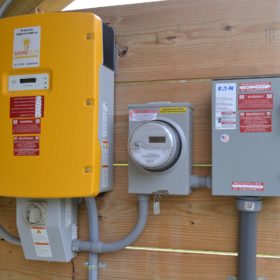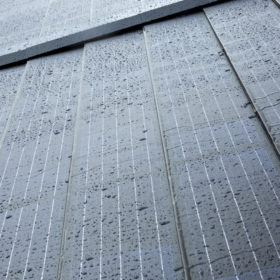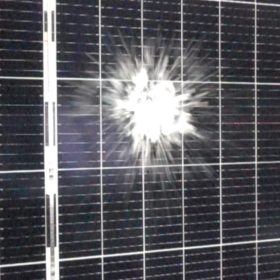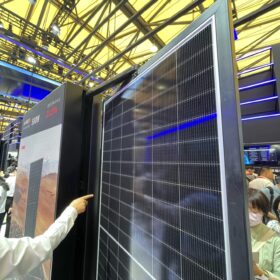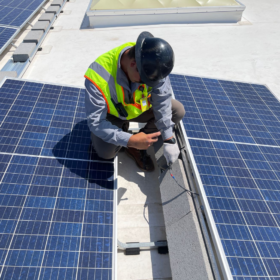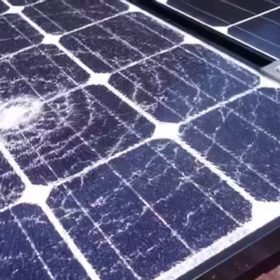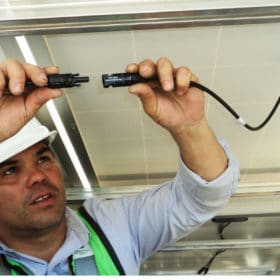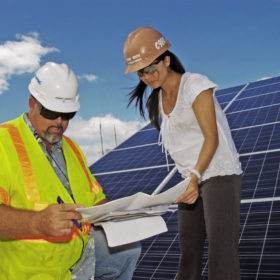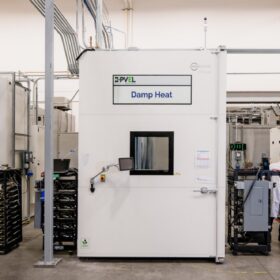How long do residential solar inverters last?
Multiple factors affect the productive lifespan of a residential solar inverter. In Part 2 of our series, we look at solar inverters.
How long do residential solar panels last?
Multiple factors affect the productive lifespan of a residential solar panel. In the first part of this series, we look at the solar panels themselves.
GAF Timberline solar shingles recalled for fire hazard
The solar roof provider has recalled the product following property damage from thermal incidents.
How big must hailstones be to damage PV systems?
The recent hail storms that occurred in northern Italy have drawn attention to the damage that these sudden and violent atmospheric events can cause to photovoltaic systems.
Top solar panel brands in performance, reliability, and quality
Solar modules are evaluated in the Renewable Energy Test Center annual PV Module Index.
Ten most common rooftop solar safety risks
Clean Energy Associates found a myriad of problems at solar installations around the world, noting that because most are caused by poor installation practices, many can be identified and resolved relatively easily before they lead to fires, safety risks and potentially costly liabilities.
Top risks for solar assets: Extreme weather
The first of a three-part series on solar asset risks. Next, we will review kWh Analytics risk evaluation for financial modeling and asset operations.
The top causes of solar performance issues
A staggering 62% of inspected projects were identified to have critical or major issues in a report by HelioVolta.
SEIA receives accreditation to develop solar industry standards
The Solar Energy Industries Association is now approved by the American National Standards Institute to develop national standards for U.S. solar and storage.
PVEL releases ninth edition of PV Module Reliability Scorecard
2023 Scorecard names 250 types of solar modules from 35 manufacturers as Top Performers.
